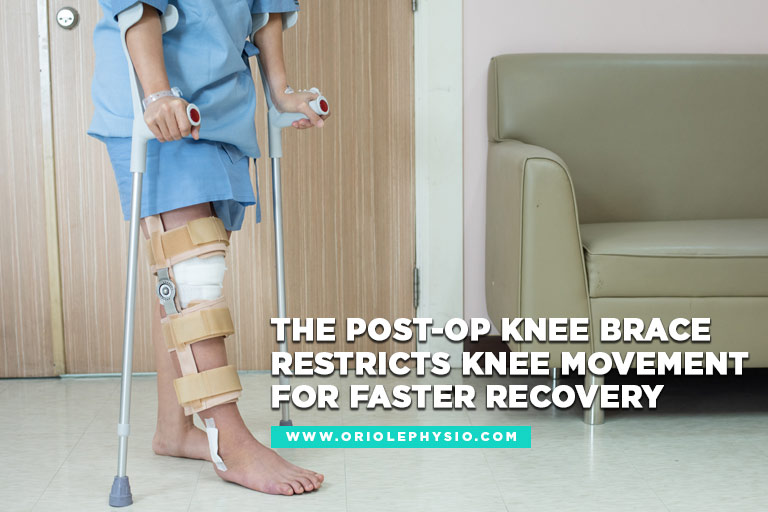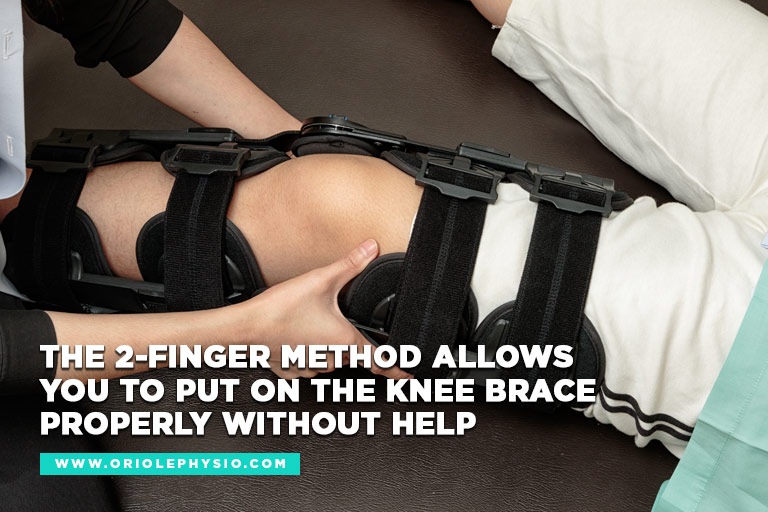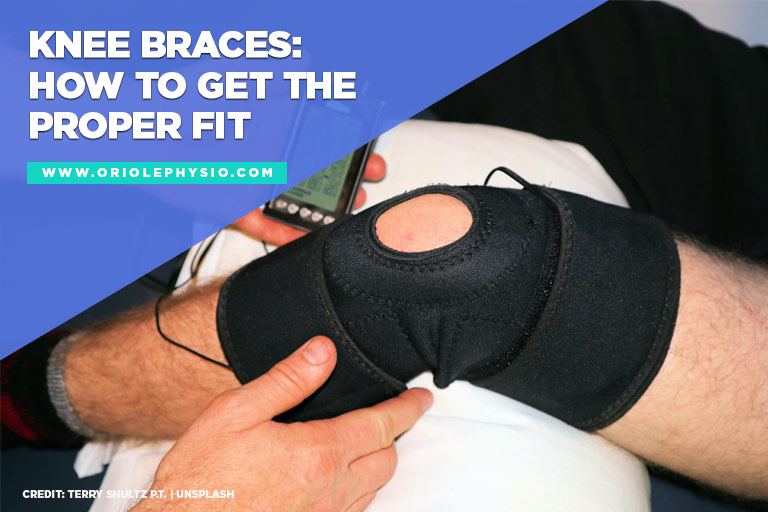Knee Braces: How to Get the Proper Fit
Knee joint pains if untreated can significantly affect your daily activities. Either caused by injury, surgery, or old age, these types of chronic pain must be treated in the best way possible to ensure that recovery and healing are efficient.
One of the rehabilitative tools that surgeons recommend patients are custom orthotics like knee braces. Accompanied by physical therapy, this recuperative instrument can aid in the recovery of your knee bone.
These are usually used if patients undergo operations such as lateral release surgery, patella tendon repair surgery, and cruciate ligament surgery (ASL). Knee braces are the go-to recovery instrument for post-surgery rehabilitation and sports injury therapy. However, patients may face challenges when using knee braces, especially if they don’t wear it properly, if it’s misaligned, or it doesn’t fit them properly.
Here are a few tips to get the proper fit.
Types of Braces:
After recommending your physiotherapy or sports rehab sessions, doctors will then decide which recovery instrument will suit you. Depending on your needs and condition, a certain type of knee brace will be selected for you. Here is a quick rundown on the various types and their purpose:
1.Functional brace
Categorized as a functional brace, a hinged-knee brace is commonly recommended for people who play sports. This includes soccer or basketball, where knee movement is considered the main motion. This type of brace helps stabilize knee joints and keeps the bones together.
When worn, it can help the wearer recover from tears in the knee’s four main ligaments caused by stressful motions. For it to be attached, patients often sit in a chair, with legs bent congruently to how the brace will be adjusted. This can also be worn while standing up, but it won’t be as tight.
There’s also the prophylactic knee brace, which is used as a preventative measure instead of aftercare. These are used to prevent knee injuries, such as ACL tears, for professional athletes, powerlifters, and linemen. Recommended by their coach or sports physiotherapy experts, this knee brace can keep athletes safe during intense training. It can also be used by older patients as it can alleviate knee arthritis pain.
2.Non-functional brace
Designed for patients who are supposed to have limited movement and prolonged bed rest, simple knee immobilizers are categorized as non-functional brace varieties, since the wearer is not “active”. It’s fitted snugly and comes in different heights ranging from 12 to 24 inches, perfect for recovery.
However, one of the problems that first-time patients may experience with this knee brace is adjusting it too tight. Doing so could cut off the blood circulation and can cause further injuries. When you’re required to wear it, make sure that it’s the right fit.
3.Post-op knee brace

With a more complicated design, the post-op knee brace, as its name suggests, is mainly used for recovery after surgery. It is commonly recommended for patients with ACL reconstructions, patella fractures, patellar tendon raptures, and tibial plateau fractures. This knee brace induces complete knee immobility as it undergoes bone regrowth and healing.
And, since it’s going to be worn for a long time, it has to be fitted perfectly for the patients. Otherwise, the leg and knee will not stay in position. Experts from your physiotherapy clinic can help you figure out how to wear it correctly.
Once you’re able to take them off, you can visit a massage therapy clinic near you, with an RMT, for a full-body massage that will help ease some of the stiffness.
How to Ensure Proper Wearing of Brace

Wearing a knee brace can change your entire daily routine. Putting it on improperly can make it even more difficult and hinder your recovery process. If you’re having trouble coping with this on your own, you can look up the nearest physiotherapy centre and ask a specialist to aid you.
One way to get the right fit is by measuring your knee girth through the 2-finger method. This can be done using the following steps:
- Put on the knee brace and fasten the straps.
- Slide 2 fingers, preferably the pointer and middle finger, underneath the strap for a quick measurement. If both fingers don’t fit in the space, it might be too tight. On the other hand, if a third finger can still be inserted, then it might be too loose.
- After the adjustments, try walking around with the knee brace on to gauge comfort. If moving causes numbness or pain, then it might be too tight, so readjust.
The Importance of a Properly Fitted Brace
Putting on an improperly fitted knee brace can cause you more harm than you think. If it’s too loose, then it might slide down and cause you to trip, which can lead to more injury. Too tight, and it may cut off circulation, which can induce swelling, bruising and delayed recovery.
Never underestimate the habit of wearing a properly fitted knee brace. Since it can hinder some movements, you need to ensure that you stay in it for the shortest time. The only way you can do that is to recover fast by wearing it properly. Don’t worry because if you feel a bit stiff after weeks of sitting, bed rests, and limited movements, you can visit your local acupuncturist or physiotherapist for treatments like acupuncture, massage, and spinal decompression to ease some of the pain.
As much as possible, for proper recovery in your gait, strength, and mobility, you should ensure that these knee braces are worn correctly.
If you need a custom-made brace, get in touch with Oriole Physiotherapy & Rehabilitation Centre. We can help you get the right brace to for your specific needs. Call us now at (416) 221-072 to book an appointment.



